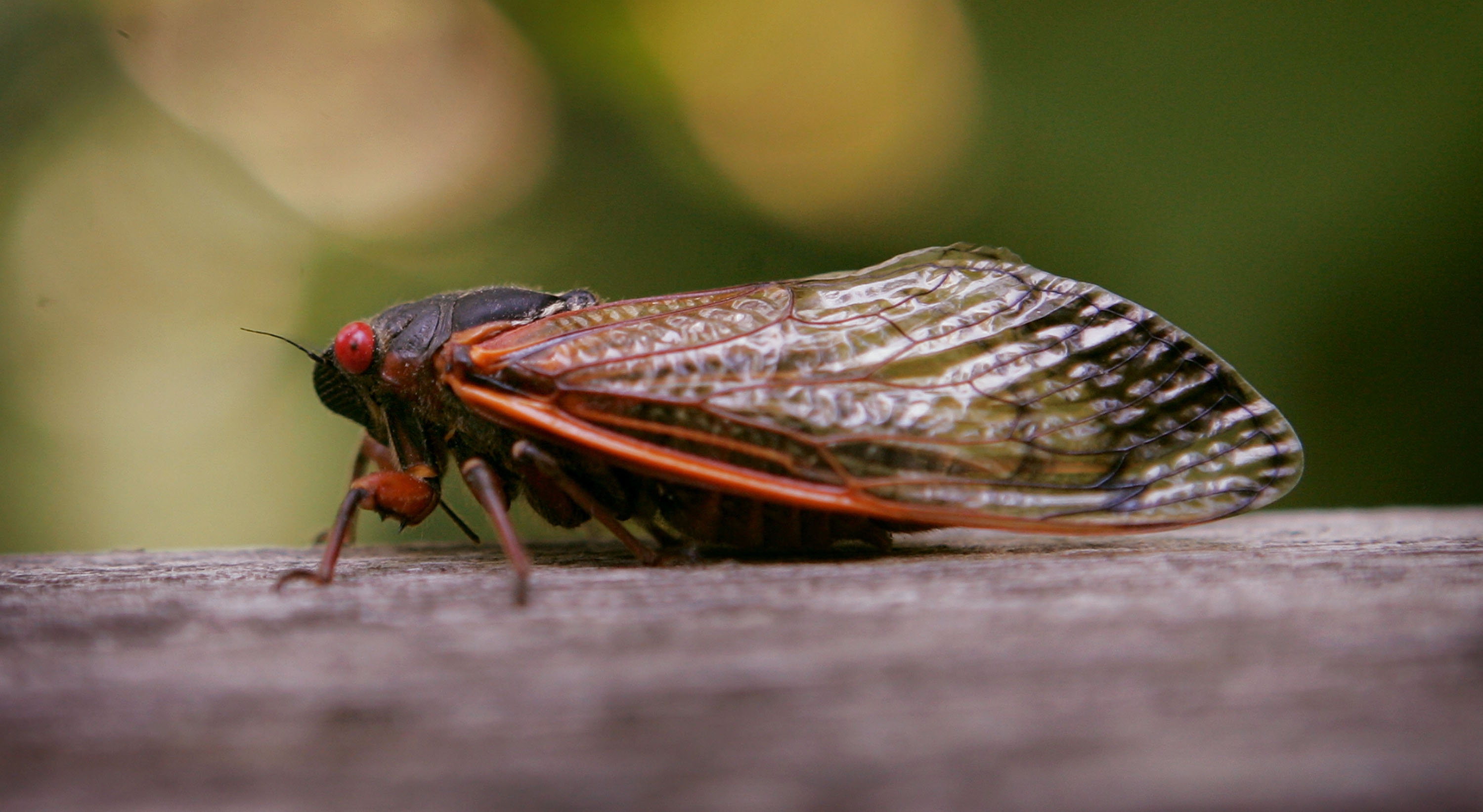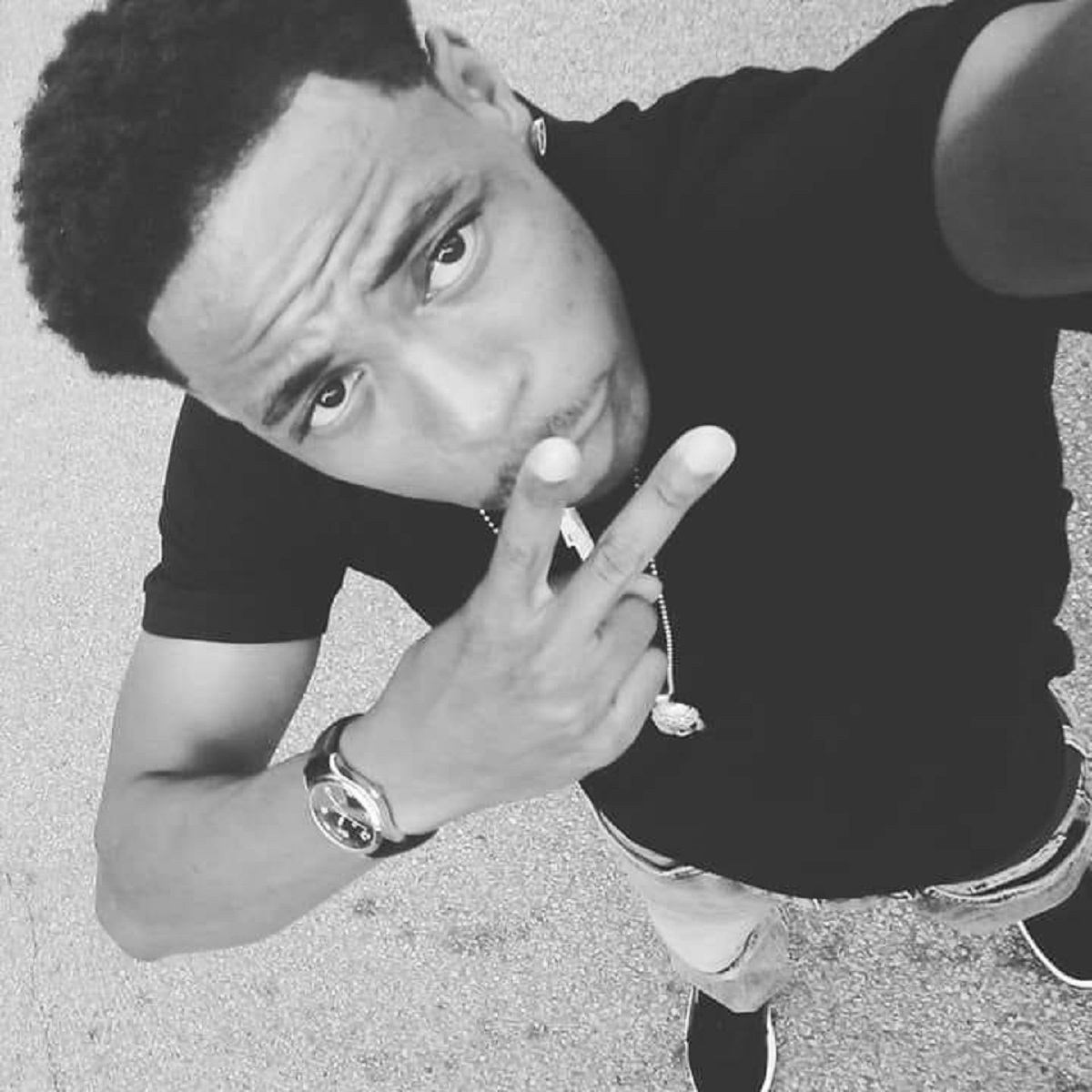Star-gazers unable to catch the once-in-a-lifetime sight in the sky Monday night due to cloudy skies will still have a chance to see the exciting event this week.
According to Chicago's Adler Planetarium experts, Monday night marked the night the "Great Conjunction" of Jupiter and Saturn appears at its closest – "a tenth of a degree apart - but the planets will remain almost the same distance Tuesday.
"If you don't see it tonight, don't worry. They will still be very close together tomorrow night," said Michelle Nichols, director of public observing at the planetarium said Monday.
The change between Monday and Tuesday will hardly be visible for star-gazers, Nichols said.
The event Monday, which also marks the Winter Solstice, bringing the shortest amount of daylight and the longest night, was expected to end at 6:45 p.m. in Chicago, which experienced mostly cloudy skies through the evening.
"They'll be in the same eyepiece view of a telescope for about the next week," Nichols said.
One thing is clear, however: you won't have a ton of time to check it out each day.
Local
"This will still be quite a striking sight, but you will need to look fast as both planets will set shortly after sunset," the National Aeronautics and Space Administration's website says.
The event has been dubbed the "Christmas star," because some astronomers have theorized the “Star of Bethlehem” could have been a rare conjunction involving both Jupiter and Saturn.
Those looking to see the star will want to look above the southwestern or western horizon after sunset from the Chicago area, experts said.
Here are some viewing tips from NASA:
- Find a spot with an unobstructed view of the sky, such as a field or park, as the two planets can be seen from most cities nationwide
- Look into the southwestern sky about an hour after sunset, which for Chicago was 4:24 p.m. Monday.
- If you looked before Monday, you could have seen that Saturn will be slightly fainter and appear just above and to the left of Jupiter. During the "Great Conjunction," Jupiter overtakes Saturn and the two reverse positions in the sky.
- Other planets are also potentially visible during the event, including Jupiter's four large moons orbiting the planet. Binoculars or a small telescope could aid in seeing the moons, NASA advised.
"Throughout the first half of December 2020, you will be able to see these two planets appearing to draw closer together each night," the Alder Planetarium's website reads. "The best time to see them is about an hour after your local sunset time. At Chicago’s latitude, look to the southwest to see two close objects fairly low in the sky. The brighter one is Jupiter. The dimmer one is Saturn."
Though conjunctions happen roughly every 20 years, Monday's event marked a historically close conjunction of the two planets.
It is the first Jupiter-Saturn conjunction since 2000, but also the first time the planets will have been so close since 1623. It is also the first time such a close conjunction has been observable since 1226, according to EarthSky.
Adler says that if two planets appear to "merge briefly," it is called mutual occultation, though the current conjunction may not appear quite so close.
"The last mutual occultation of Saturn by Jupiter was about 8,000 years ago," Adler's website reads.
Still, according to NASA, "while the two gas giants may appear close, in reality they are hundreds of millions of miles apart."



